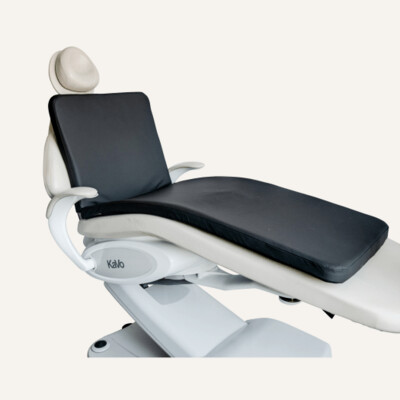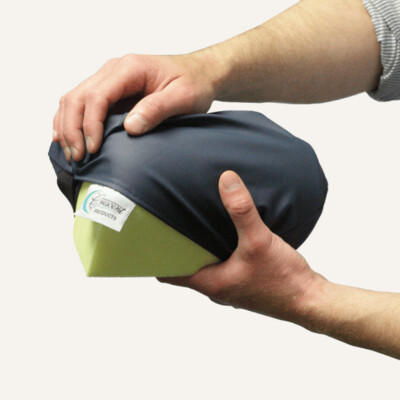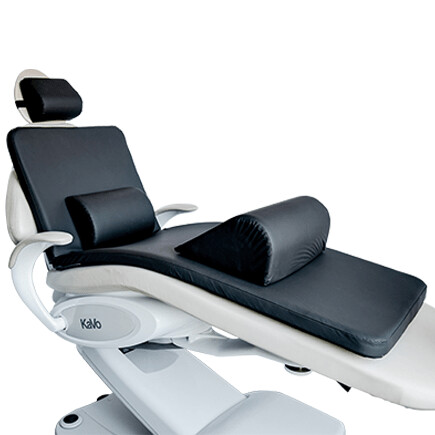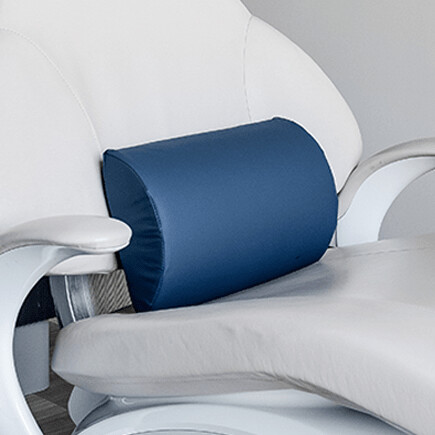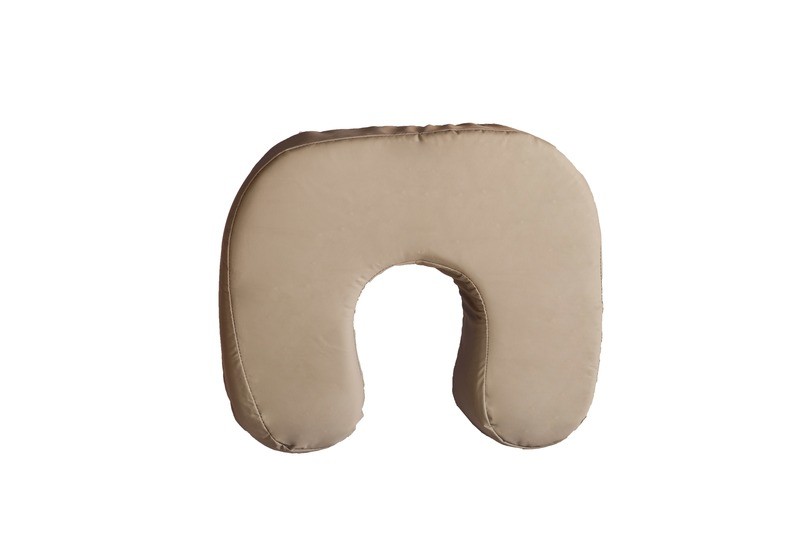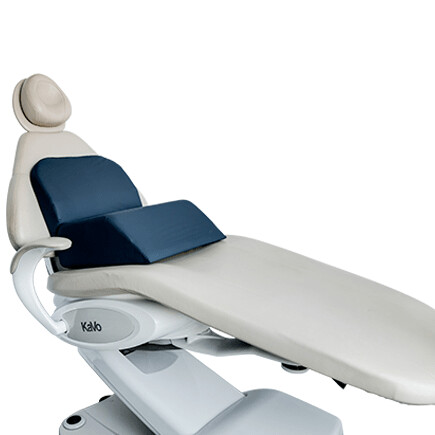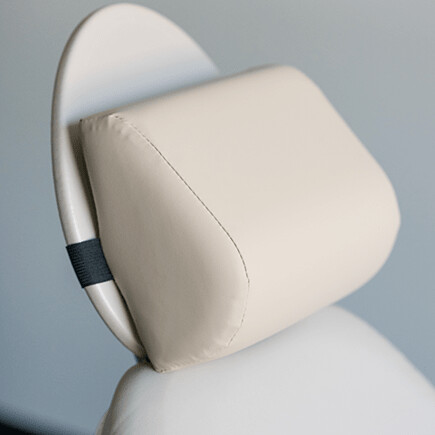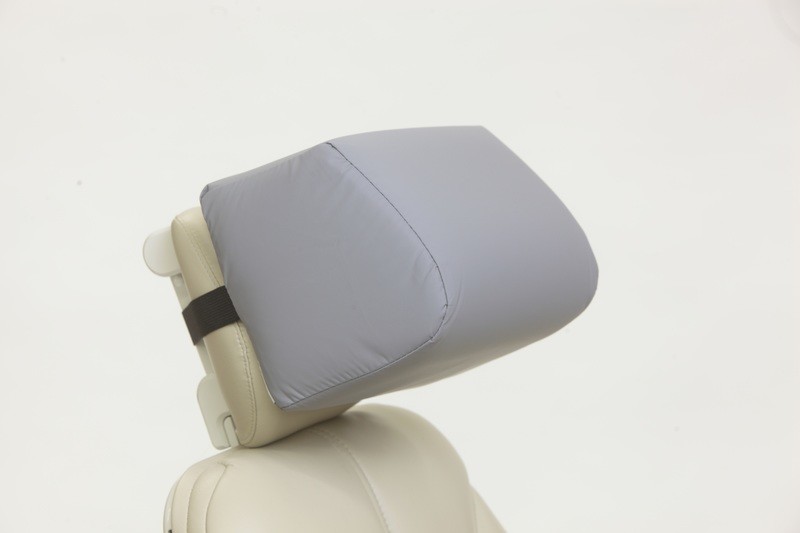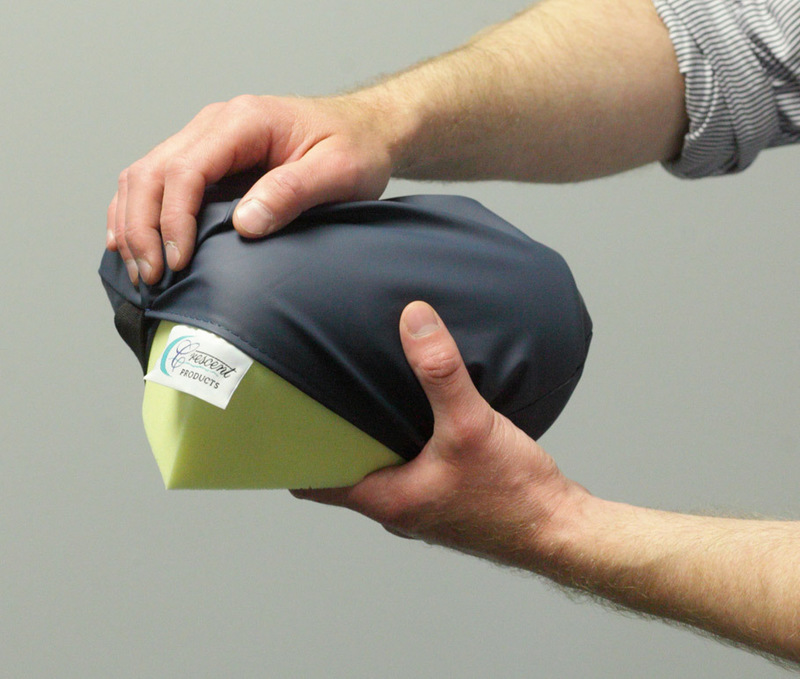How Musculoskeletal Issues Affect Dental Hygienists

There are troubling numbers in the dental industry when it comes to pain management and musculoskeletal disorders (MSDs) in dental hygienists. Research shows that MSDs are one of the most common causes of workplace-related injuries, making up over 30 percent of total cases. The same research notes that about 92 percent of all dental professionals will experience an MSD at least once in their career, but why are they so dangerous for dental hygienists? Besides general pain and discomfort, musculoskeletal disorders have a profound impact on the personal and professional life of dental hygienists.
The Effects of Musculoskeletal Issues on Dental Hygienists
These are the most commonly reported effects of MSDs on dental hygienists:
- Shortened careers
- Inability to perform at work
- Increased time off
- Stress and pain at work
- Stiff and aching joints
These issues create a poor work environment that leads to a less fulfilling career for dental hygienists.
What are the Causes of MSDs?
Dental hygienists find themselves at greater risk of MSDs because of the type of work they do in a dental practice. This is due to procedures that involve precise, repetitive motions, as well as awkward and static postures. MSDs affect and cause a range of injuries in the wrist (carpal tunnel), elbow (Epicondylitis), and the shoulders, along with the back and hips.
The risk factors for these types of MSDs, which particularly impact dental hygienists, include:
- Constant repetitive movements
- Holding awkward or static positions
- Performing the same tasks over and over
- High patient load (little to no breaks)
- Long practice hours
- Gripping tools too hard
- Small vibrations from tools
- Improperly positioned patients
How to Prevent MSDs in Dental Hygienists
Evidence-based research has revealed that dental hygienists can reduce their chances of acquiring MSDs through:
- Maintaining awareness of their body posture and positioning during treatment
- Properly positioning their patients
- Making adjustments to the overhead light and their dental stool
- Taking classes on healthy ergonomics and MSD prevention
- Regularly exercise and stretch
- Physical therapy and massage therapy
- Keep instruments sharpened
- Take breaks throughout the day
How Crescent Products Can Help
At Crescent Products, we have worked with dental ergonomics experts to create a line of dental chair accessories that help properly position patients so that dental hygienists can maintain a healthy ergonomic posture while treating. Our products are comfortable, easy to use, and fit well with most standard dental treatment chairs. They gently guide patients into the optimal treatment position, allowing easy access to even hard to reach parts of mouth.
Dentists, hygienists, and ergonomics experts agree; using dental chair accessories can lead to easier treatment. Less pain and discomfort, and longer, more fulfilling careers. Learn more about our products and how they can help you lead a better, longer career as a dental hygienist.

